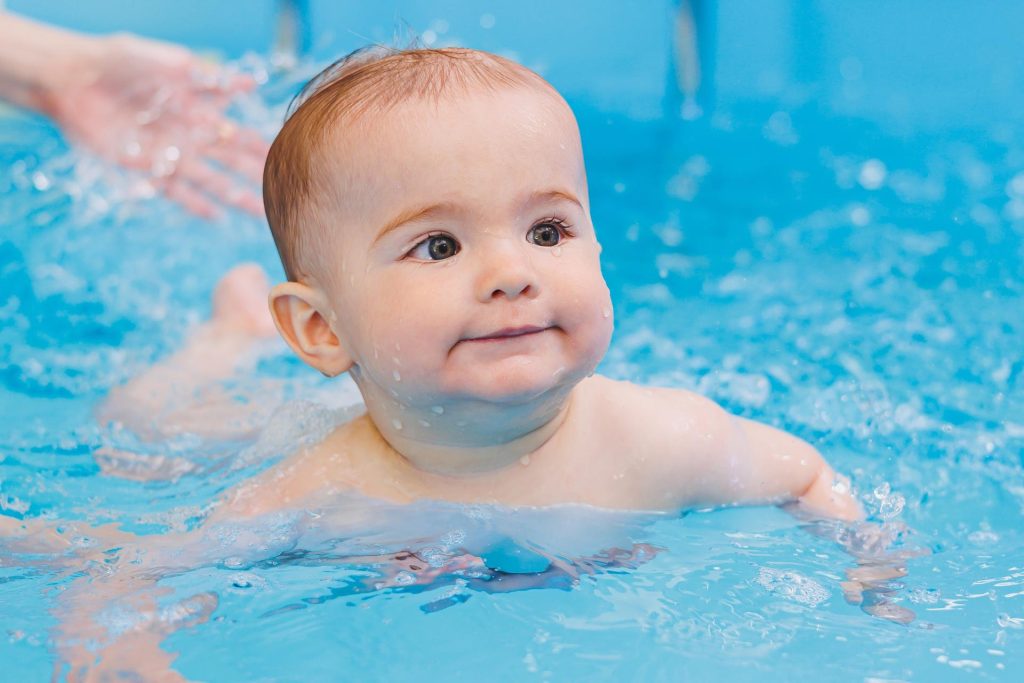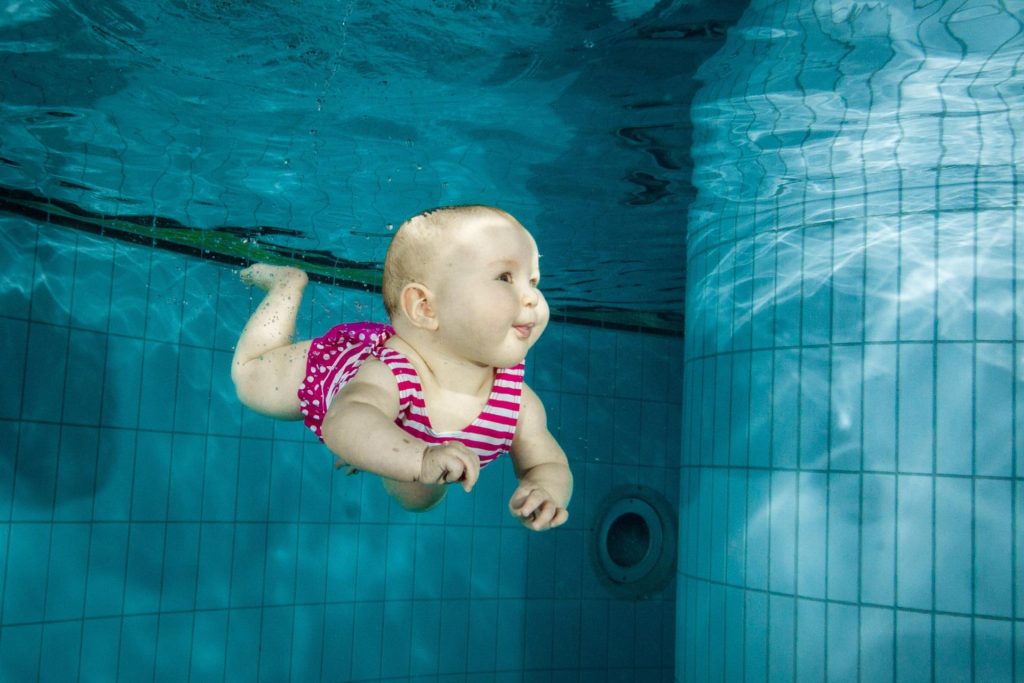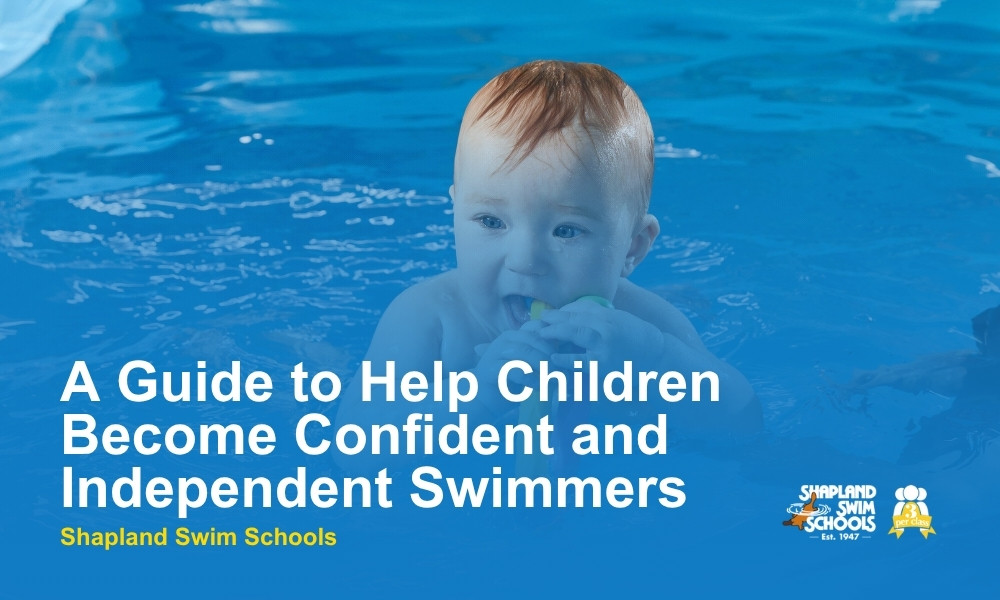For many parents, helping their child transition from swim lessons to safe, confident swimming on their own can feel like a big leap. But with the right guidance, it becomes a rewarding and empowering journey.
Wondering if your child is ready to swim on their own? This blog from Shapland Swim School reveals what you need to know, along with five clear signs that show growing confidence, control, and safety in the water.
At What Age Can Most Children Swim Independently?
While every child develops at their own pace, many children are ready to swim independently between five and seven years old. It’s important to clarify that “independent” does not mean “unsupervised”. Even confident swimmers still need an adult close by.
A child’s readiness depends on how frequently they swim, the quality of instruction, and their comfort in water. Support from experienced instructors remains essential, even as independence grows.
How Long Does It Take For Children To Swim Independently?
Most children start showing signs of independence after three to six months of regular lessons. To gain full confidence and skill, the timeframe may extend to six to twelve months. Several factors influence this: lesson frequency, natural coordination, water familiarity, and instructor support.
At Shapland Swimming Schools, our semi-private lessons give children the space and gentle guidance they need to progress at their own pace. In a calm, nurturing environment, children are encouraged to build skills step by step, with every milestone celebrated.

5 Signs Your Child Can Swim Safely and Independently
So how do you know if your child is ready to swim on their own? Here are 5 important indicators that suggest they are becoming safe, confident, and independent swimmers:
Sign 1: Comfortable and Confident in Water
A child who is truly ready will appear calm and happy in the water. They won’t cling to the sides or need to be held. Instead, you’ll see them move around freely, explore different depths with ease, and show enthusiasm about swimming. Comfort in water is the emotional foundation of independence.
Sign 2: Independent Floating and Treading
Floating and treading water are crucial for safety and self-reliance. A confident swimmer can float calmly on their back and tread water without panic or fatigue. These skills show they can maintain control and balance when they’re not actively swimming forward, which is essential for safety in any depth.
Sign 3: Breath Control
Breath control allows swimmers to remain calm underwater and on the surface without gasping or stress. Children ready for solo swimming show a steady rhythm when taking breaths, know how to exhale underwater, and don’t panic if water touches their face. Breath control is key for swimming with calm, coordinated strokes.
Sign 4: Ability to Swim Longer Distances and Build Endurance
Independence requires more than short bursts of movement. When a child can swim short laps or cross the width of a pool with consistent strokes and without rest, they’re developing stamina. This endurance helps them swim to safety and builds the muscle memory needed for solo swimming.
Sign 5: Knows How to Get to Safety
Children must be able to identify pool exits like steps, ladders, or shallow areas-and navigate to them without assistance. This shows spatial awareness and practical water safety knowledge. They should also respond well to instructions like “swim to the side” or “float until help arrives”.
Best Safety Rules For Independent Swimming
Even as your child grows more confident, safety remains the top priority. Here are key rules every independent swimmer should follow:
- Never swim alone – A trusted adult should always be present.
- Swim in designated safe areas – Stick to areas supervised by lifeguards or instructors.
- Know your limits – Avoid pushing past your energy or comfort levels.
- Prepare safety equipment nearby – Ensure floatation aids, rescue tools, or a phone are on hand.
These rules are part of teaching children not just to swim independently, but to take ownership of their safety and act responsibly in the water.

How to Help Your Child’s Transition to Independent Swimming
Moving from guided lessons to independent swimming takes time, patience, and steady encouragement. As children build confidence best when they feel supported, below are some important points that play an important role in helping your children swim safely on their own.
- Strengthen core skills: Make sure children can float, tread, control breath, and swim short distances confidently.
- Build confidence gradually: Let them swim short distances alone, celebrate small wins, and stay close for comfort.
- Keep it safe and consistent: Supervise every session, reinforce pool rules, and stick to regular swim routines.
- Make it enjoyable: Use fun games and activities to create positive associations with swimming.
- Support through lessons: Enrol your child in quality swimming lessons to build strong foundations and nurture confidence.
Shapland Swimming School: Helping Children Progress to Safe Independence
At Shapland Swimming Schools, we’ve been helping children build water confidence and independence for over 80 years. Our semi-private lessons (just three children per class) allow for focused guidance in a calm, supportive setting. Each purpose-built pool is quiet, heated to a gentle 32°C, and enriched with Magna minerals for comfort.
Our nurturing instructors understand that every child progresses at their own pace. With flexible make-up lessons, a FREE Baby Home Development Program, and welcoming facilities across Queensland, we offer more than lessons – we create confident, lifelong swimmers.
Enrol your child today and help them build swimming confidence and safe independence – one splash at a time.

